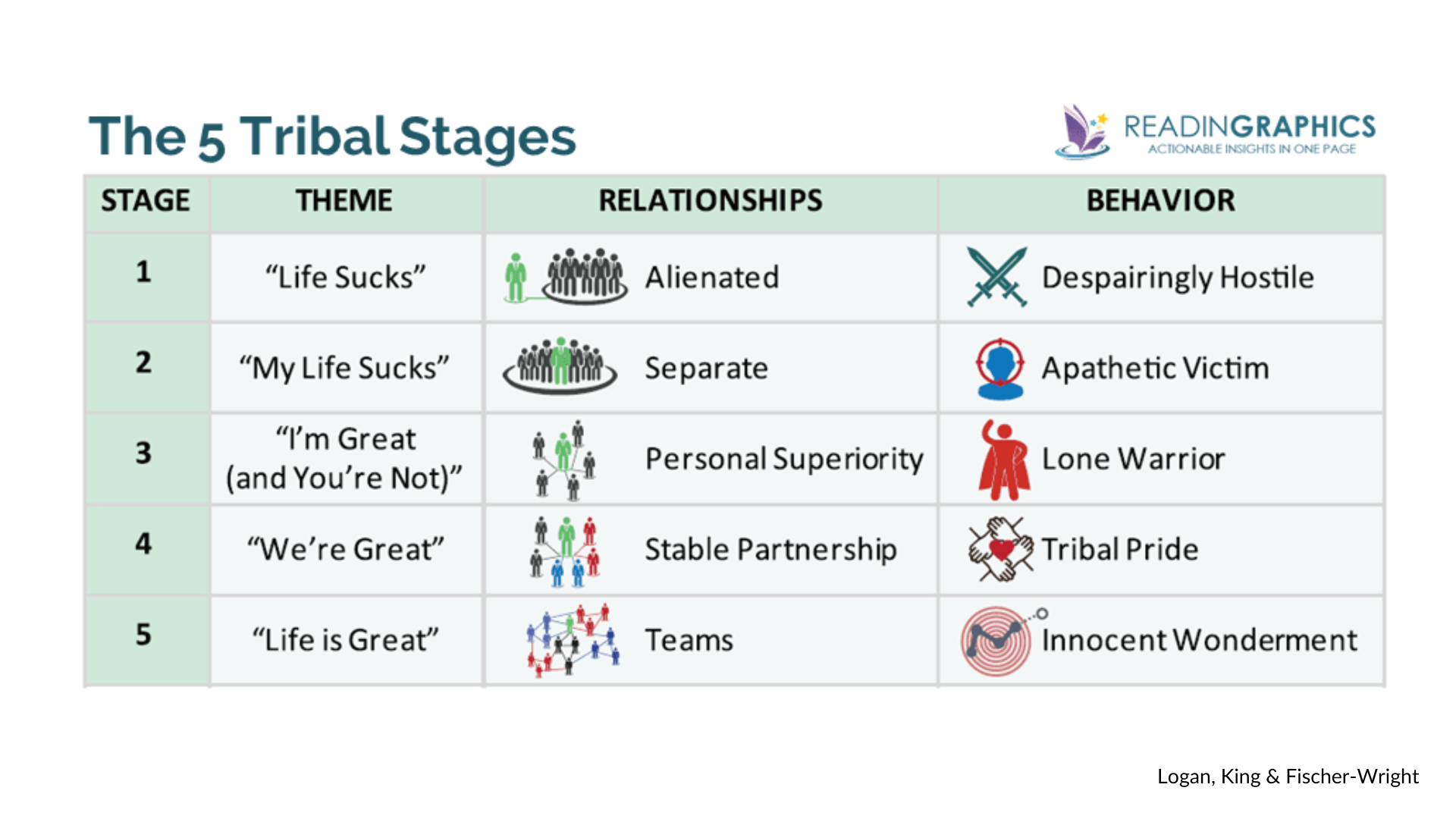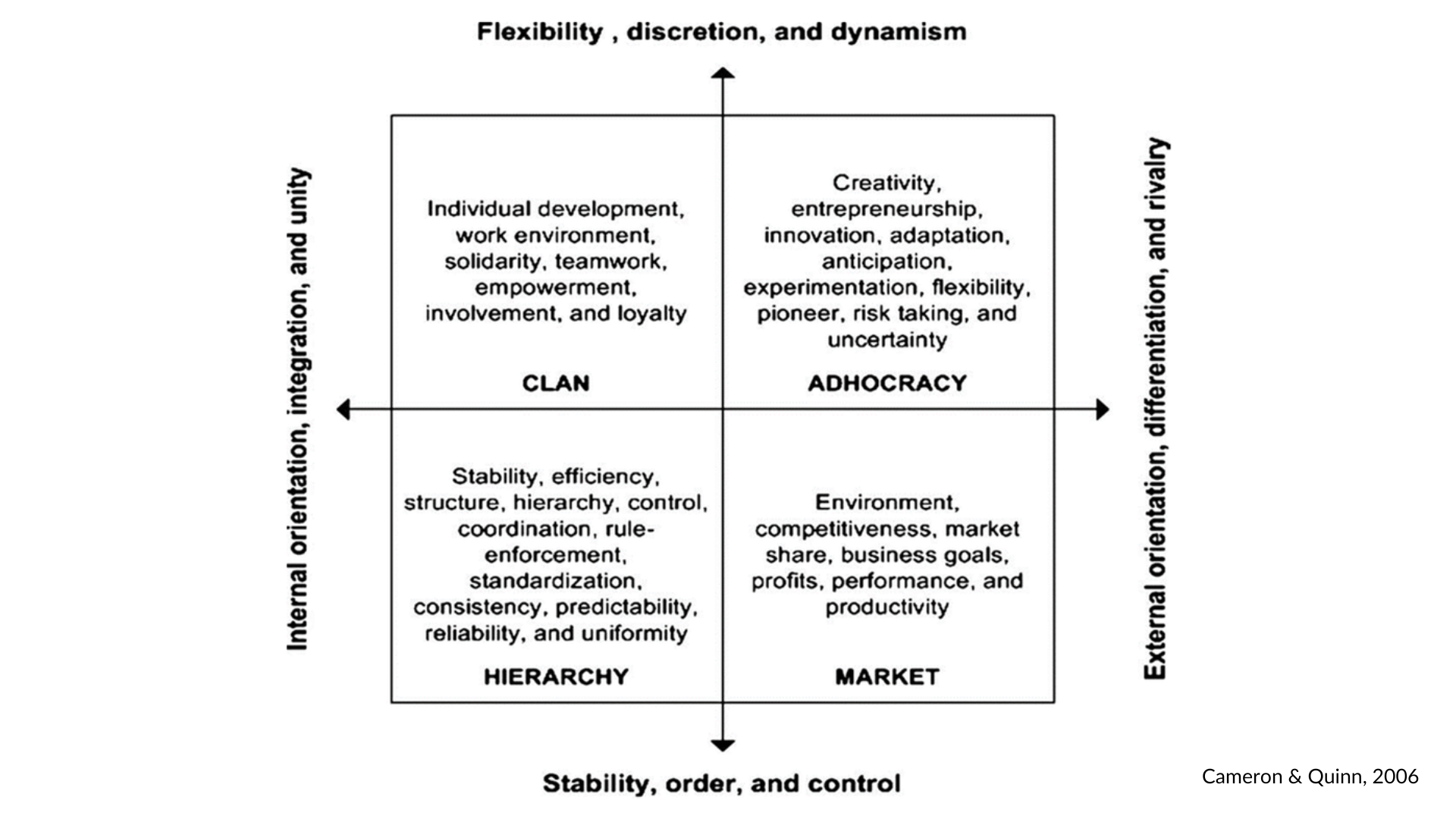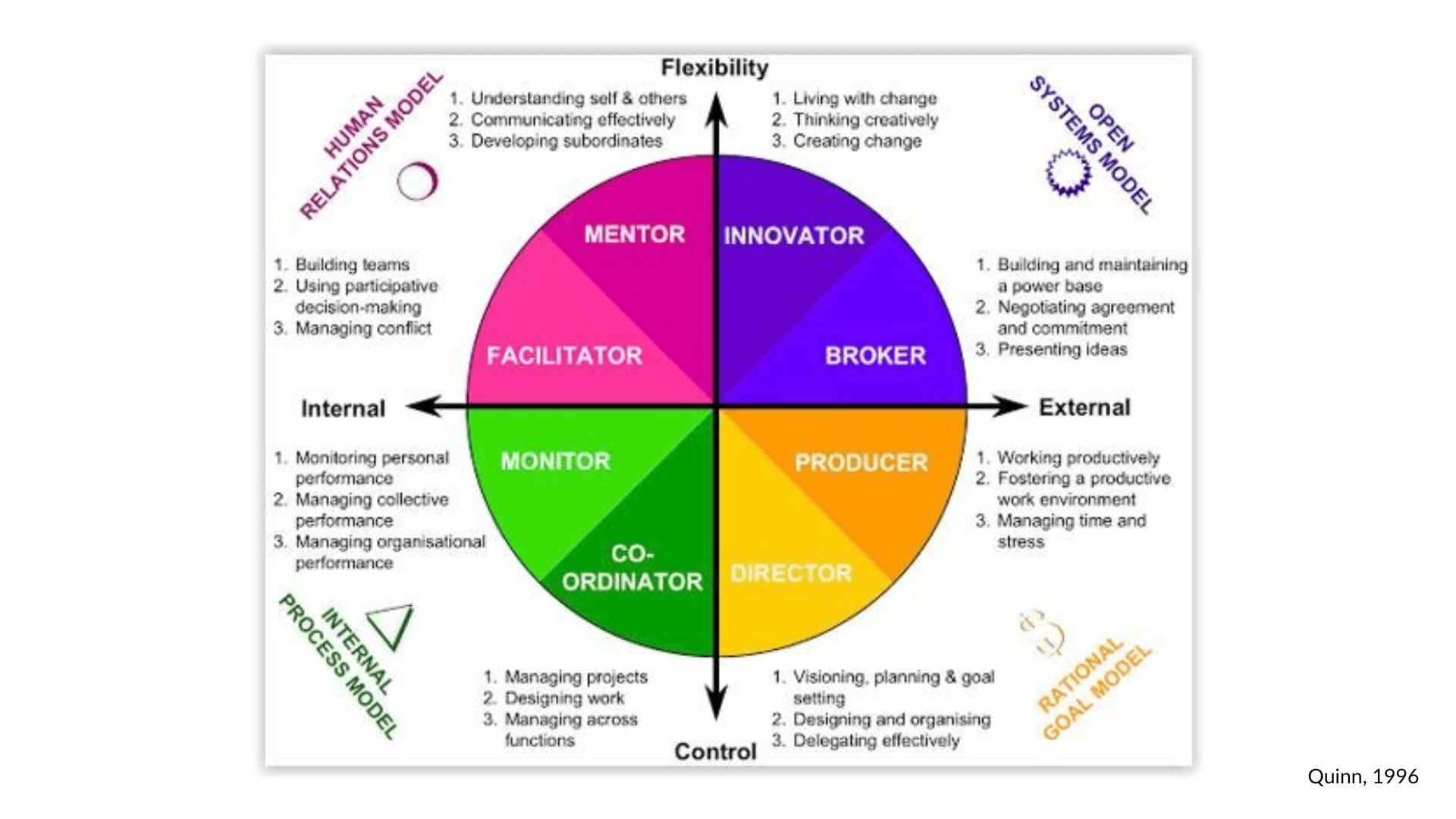Adopting technical coaching in your organisation
Transformation, through technical coaching can only happen when people are willing to change.

What is a good engineering team culture, and how can we influence it? Around this topic was José Enrique Rodríguez Huerta's, Managing Director and Technical Coach at Codurance Spain, latest meetup on which he shared a vision of what culture means and gave helpful tools to manage it to help the team grow.
Definition of organisational culture by Edgar Schein:
"It is beliefs, basic assumptions and learned behaviours shared by members of a stable group, which the group develops as they deal with internal and external factors and are then taught to others".
Based on Schein's definition, he presented the three levels of culture:
Artifacts and Behavior. What we clearly see or perceive of a team's culture, things like dress code, structure etc. This first level is visible, but more is needed to understand what is happening.
Norms and Values. What they say. The philosophy, the justifications or reasons about how we are like we are.
Underlying Assumptions. What they deeply believe in and act on is fundamental because they are the unconscious things we learn about our culture and act depending on them.
Rodríguez Huerta explained that the first two levels may be written somewhere or passed on by communicating. But the third level is a process that happens all the time but is not necessarily written anywhere. "This is what makes cultural change difficult because what people think shares their understanding of how they should behave etc., it's not talked about; it's unconscious". So, José explained that we could say culture gets created by two processes: identification with leaders in critical situations, how they act we follow, and socialisation, interactions when entering a group.
First, we need to identify our culture, where we are, the process, how we got there and where we want to go. These definitions are essential to creating the tools to make cultural change. José presented some tools that will help you understand where you are and have a conversation around conclusions:
5 Tribal Stages and the language of your culture
Presented by Dave Logan, John King and Halee Fischer-Wright in their new book, Tribal Leadership: Leveraging Natural Groups to Build a Thriving Organisation. Shows five different levels of culture and how language is expressed on each level. To understand how tribal leadership works, organisations must first recognise the types of groups that form naturally in any company and how they interact.
Competing values framework
It allows you to understand the culture at different levels according to four criteria. How internally or externally focused the culture is and how flexible or controlled it is. "Understanding where the practices you are trying to introduce fit in and where your team is concerning these processes will help define where you are to plan where you need to be," José mentioned.

Certain behaviours are more associated with those quadrants, so you should focus on giving people the behaviours and skills you would need them to have to reach the change you aim for. 
Sense of urgency. Why do we need this change; having common goals and enemies to fight. The idea of creating reasons to look forward to that changes.
Guiding coalition. Who are the leaders that will support these changes? Make sure this coalition has the right mix of authority, respect, credibility and knowledge.
Clear vision of what you are doing; if you don't have it, it's very easy to lose track: purpose, values, imagination, and challenges. For example, you are doing TDD, answering questions such as: why should I get on board with this? What would this help?
Communicate the vision and make it inspiring, talk to everyone's language and needs, over-communicate, and make it part of the day-to-day. Easy to digest.
Generate quick wins. Use stories to highlight the behaviour you want to incentivise. Small steps that show the impact and value of cultural changes. Review our past session on measuring the ROI of your Technical Coaching initiative.
Remove barriers to adoption. Change systems that go against your objectives and increase the skills people need to deal with this.
Last but not least, Rodríguez Huerta gave us some insights and tools on things that will help us teach values in our organisation.
You can review the full meetup in the link below, and also we share the presentation that the technical coach used, which also has info on previous meetings.
Also, check out our related session on how to measure our technical coaching effort's impact and return on investment.


Transformation, through technical coaching can only happen when people are willing to change.

So, what is Rubber Ducking? Remember when it was the norm to go into the office, daily, and we were able to to easily talk out loud to the person..

Join our newsletter for expert tips and inspirational case studies
Join our newsletter for expert tips and inspirational case studies